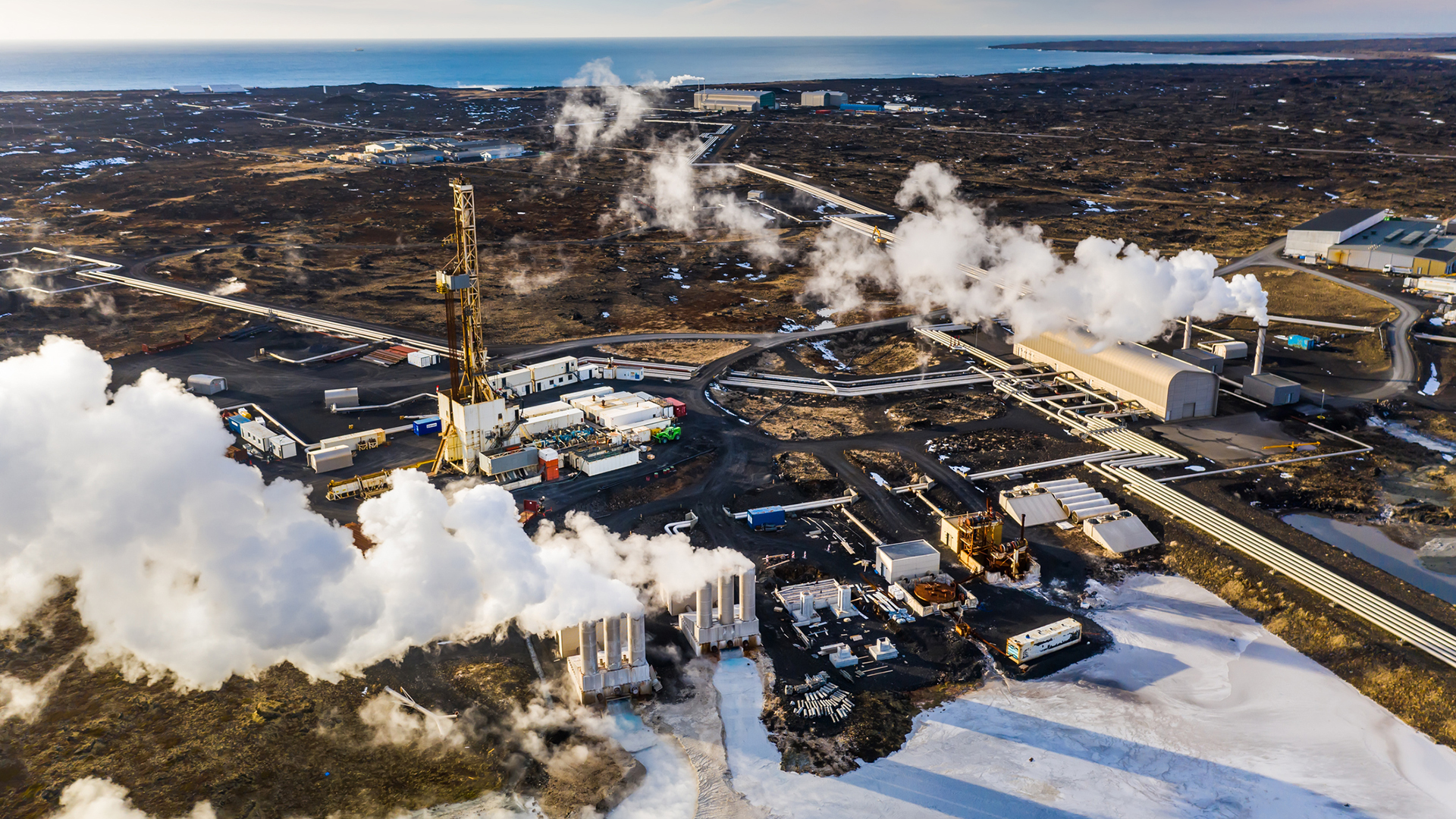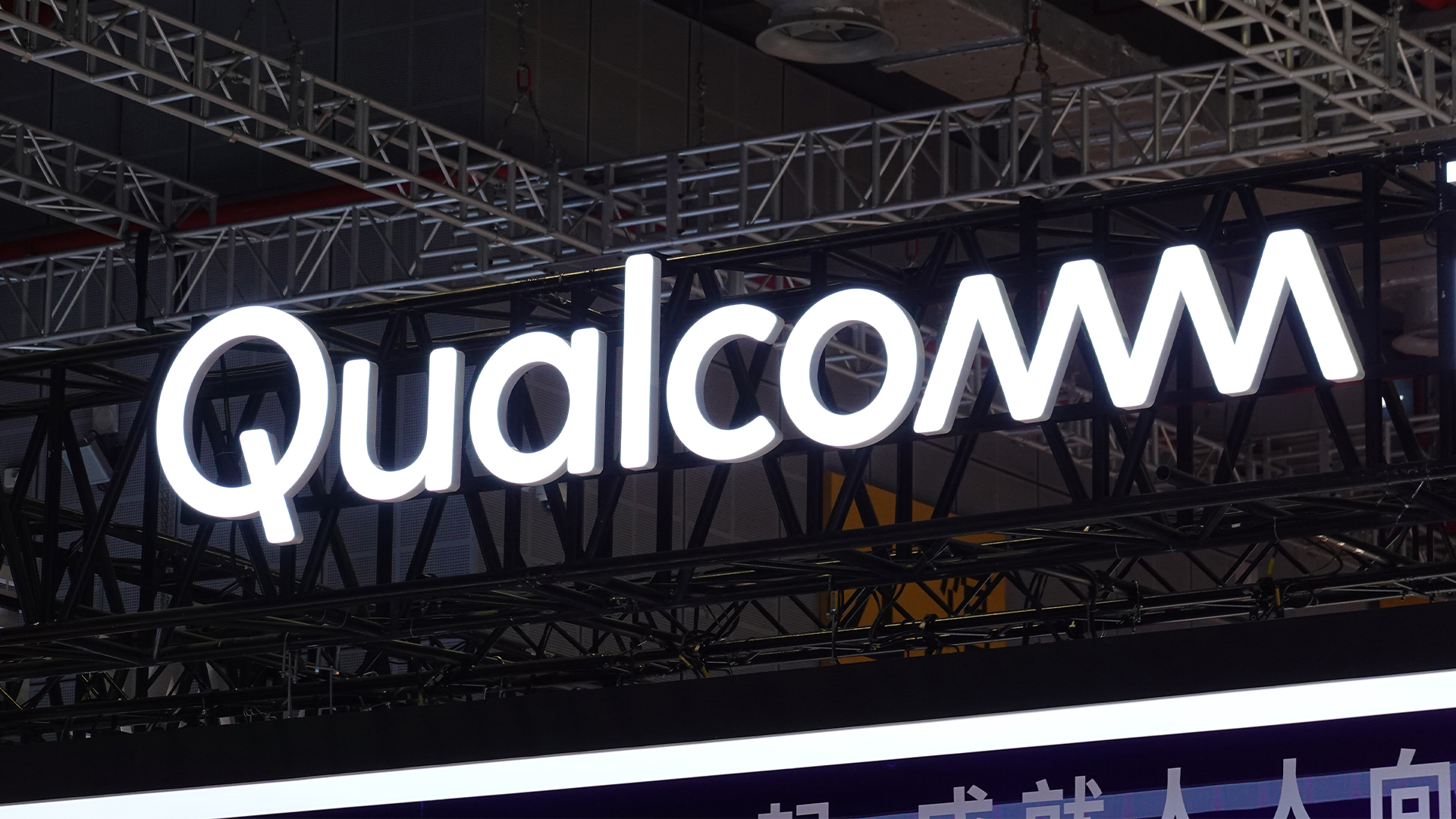Are geothermal data centers just hot air?
Geothermal power plant operators promise firm, clean power – but regional difficulties could keep it from being widely embraced


Geothermal energy is becoming an increasingly attractive option for powering large-scale data centers with renewable energy. This is primarily because, unlike solar or wind energy which are reliant on weather conditions, geothermal power plants use the Earth's constant internal heat to generate energy.
Proponents push it as an alternative to using nuclear power for green data centers, which hyperscalers have been increasingly pursuing to generate the vast energy needed for AI workloads.
This is a power source well-suited to powering AI compute workloads, as it offers continuous, reliable baseload electricity. This is an essential requirement for data centers running high-density, round-the-clock tasks, notes Graham Grant, CEO at geoscience and engineering software provider at Seequent, The Bentley Subsurface Company.
Geothermal power plants can also be engineered to supply both electricity and direct cooling to data centers, he adds; a crucial advantage for AI workloads that generate substantial amounts of heat.
“By using the Earth as a heat exchanger, the temperatures nearer to the Earth’s surface can be enough to effectively cool data centers without the need for electricity or other fuels to assist the cooling process,” he explains.
Harnessing Earth’s heat
Conventional geothermal systems work by tapping into naturally-found underground hot water reservoirs, channeling steam from beneath the ground into turbines, which spin and generate electricity.
These typically have low lifecycle emissions, take up less land, and have fewer material inputs than other sources, notes Sanjay Purswani, senior knowledge analyst at Boston Consulting Group.
Sign up today and you will receive a free copy of our Future Focus 2025 report - the leading guidance on AI, cybersecurity and other IT challenges as per 700+ senior executives
This traditional method is less scalable than wind or solar, however, as it’s only possible in certain geological settings such as near plate boundaries or volcanic hot spots. These areas include Iceland, Indonesia and western US states, such as California and Nevada.
This hasn’t deterred data center operators from embracing geothermal, however. Microsoft, G42 and KenGen are building a data center at the Olkaria geothermal field in Kenya, for example, while back in 2022, Microsoft signed a 10-year agreement with Contact Energy for the supply of electricity from the Te Huka geothermal power station in New Zealand for its local data center.
EGS expands what’s possible
What’s caused a step-change, however, is the development of enhanced geothermal systems (EGS). Meta’s interest in geothermal has grown alongside developments in this area, with the company signing a contract with Sage Geosystems for 150MW continuous geothermal power last year. The tech giant made a similar deal with XGS Energy earlier this year, while Google signed a deal in 2024 with NV Energy to power its Nevada data center using enhanced geothermal systems (EGSs).
EGSs enable the generation of geothermal energy to occur where there is heat in the rocks below the first two to four kilometers of the Earth’s surface but there’s no natural reservoir. In these cases, the approach is to either stimulate the hot rocks to create a reservoir or to use a secondary system to harness heat from the rocks such as a closed loop, which circulates fluid through a large loop that goes deep underground, absorbing heat from the surrounding rocks.
Innovative companies in this sector are opening up huge opportunities for geothermal growth through the development of these next-generation technologies, expanding the accessible geographical area for geothermal by using oil and gas technology like fracking to find underground heat, while advanced geothermal systems are pushing the boundaries of what’s possible.
“Advances in drilling technologies are helping lower costs and increase efficiency, and hybrid systems that combine geothermal with other renewables and improvements in thermal energy storage enable continuous, reliable power and cooling,” Grant says. “Together these innovations could significantly expand geothermal’s role in supporting data centers at scale in the coming years.
“The US president’s declaration of a national energy emergency earlier this year included geothermal as a priority,” Grant adds. “The recent introduction of fast-track permitting for proposed geothermal projects to a maximum of 28 days sets the scene for the expansion of the US geothermal energy market over the next few years.
“But this isn’t just a US trend – recent analysis from Wood Mackenzie showed that global commercial geothermal activity grew 80 percent in the first quarter of 2025, year-on-year,” he continues.
What’s holding geothermal back?
While interest in geothermal rides high, there are still limitations and challenges to overcome in order to scale this industry up.
One big challenge is that you still need hot rock deep underground, and drilling costs spike fast when the geology isn’t favorable, notes Purswani. “Drilling carries risk and if you don’t hit the right spot you’re out millions, so site selection and risk appetite matter a lot.
“Also, permitting and regulatory hurdles are no joke – especially outside of the US and Iceland,” he adds.
Operators also need to consider whether they want to base their data centers near sources of geothermal power, as the practicality of having a geothermal-powered data center is dependent on its location, points out Bob Johnson, VP analyst at Gartner.
“One of the big things with data centers is that they have to be able to communicate, so the questions are where are the main fiber-optic lines that the data center will need to hook up to and is it going to be difficult to run additional lines to the site?
“People often don’t realize that building these massive data centers goes hand-in-hand with major efforts to upgrade fiber-optic lines [to the site]. The goal is to boost capacity by adding more fiber through existing ducts, avoiding the need to lay miles of new pipeline wherever possible,” he says.
While geothermal has been a part of energy systems for over a hundred years, to date it’s played a limited role on a global scale. This may change in the coming years, especially if policies continue to support investment and uptake. But don’t expect it to become the default source for powering data centers notes Johnson – it’s more likely going to play a bigger role in the energy mix, alongside other renewable sources.
Keri Allan is a freelancer with 20 years of experience writing about technology and has written for publications including the Guardian, the Sunday Times, CIO, E&T and Arabian Computer News. She specialises in areas including the cloud, IoT, AI, machine learning and digital transformation.


